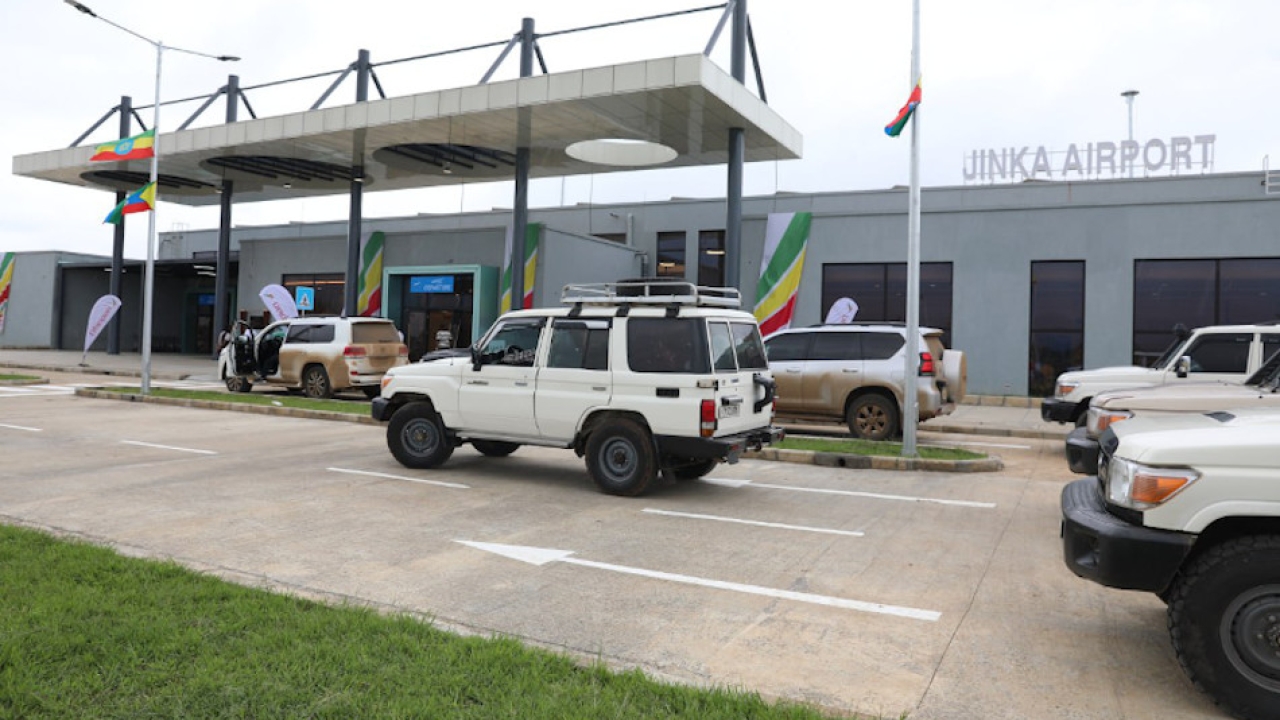Kenya merger plan is still up in the air
Kenya Airways is seeking to emerge from a period of austerity and start to expand again. But, as Alan Dron reports, one part of the plan designed to bolster its financial strength has hit delays.

Plans for Kenya Airways to merge with Kenya Airports Authority (KAA) have apparently stalled after the initial proposal from the government failed to bring about a workable solution between the two organisations.
Under the plan mooted in June 2018, the merger of the two companies would see the national carrier take over the running of the capital’s Jomo Kenyatta International Airport (JKIA) and paying concession fees to KAA.
This would echo the arrangement in Ethiopia, where Ethiopian Airlines, one of Kenya Airways’ main rivals on the continent, and Addis Ababa Bole International Airport are run under the same holding company.
“All our competitors are state-owned, state-controlled, state subsidised and managed for the benefit of the airline. We are the odd one out,” KAA chairman, Michael Joseph, said when the plan was announced.
Under the proposed public-private partnership (PPP) arrangement, the airport would be owned and managed by a holding company that would be 100% owned by Kenya Airways under a 30-year concession scheme. Kenya Airways proposed to pay the airport authority concession fees and to run other profitable services at the airport including catering, fuel distribution and ground services.
According to KAA, the airport is the busiest in east Africa, handling some 40 passenger and 25 cargo airlines. It has a single, 4,200-metre runway. A second, 4,800-metre runway was due to be built but construction was postponed earlier this year after the government decided to look more closely at the project’s value for money.
The airport handled 7.6 million passengers in 2017, up slightly over 2016. Numbers are expected to rise following the launch of Kenya Airways’ flights to New York.
Proposals to improve facilities at the airport would allow it to handle some 11 million passengers annually by 2022.
“We are building JKIA to have global reach and make the airport an aviation hub. Plans are in place to remodel terminals 1B, C and D to increase our capacity from seven to 10 million passengers a year,” KAA’s managing director, Jonny Andersen, said in November.
Further improvements were on the way, he added: “We are working closely with the immigration department on an initiative that seeks to improve immigration processes at our airports. We are also in the process of replacing our signage at JKIA so as to improve the airport passenger experience.”
A sign of the improving reputation of JKIA came in November when it received an award for the most improved airport in Africa in a ceremony held on the sidelines of the Customer Excellence Summit 2018 in Halifax, Canada.
Kenya Airways’ control of the airport would help improve its financial position; it has lost money heavily in recent years as it struggled to fight off competition from foreign airlines, notably from the Middle East, such as Emirates and Qatar Airways. It has sold off or leased out several of its aircraft to improve its finances and has also unwound unfavourable fuel hedging positions.
However, the sub-leased Boeing 777-300s and 787-8s, which were farmed out to Turkish Airlines and Oman Air respectively, will be rejoining Kenya Airways’ fleet over the next year. The airline is also considering expansion again with the possible acquisition of up to 10 Boeing 737 MAXs.
It made a net loss of around 10 billion Kenyan shillings ($97 million) in 2016-17, although this was a considerable improvement on 2015-16’s loss of 26 billion Kenyan shillings. This improving trend continued in the first half of 2018.
The Kenyan Government felt that a merged airline/airport operation would improve Kenya Airways’ financial position.
However, in September, Andersen said that discussions on the merger had so far failed to produce any firm decisions and that no developments were expected in the short term.
Kenya Airways declined to comment “as the PPP project is still in discussions”.
Stay up to date
Subscribe to the free Times Aerospace newsletter and receive the latest content every week. We'll never share your email address.

